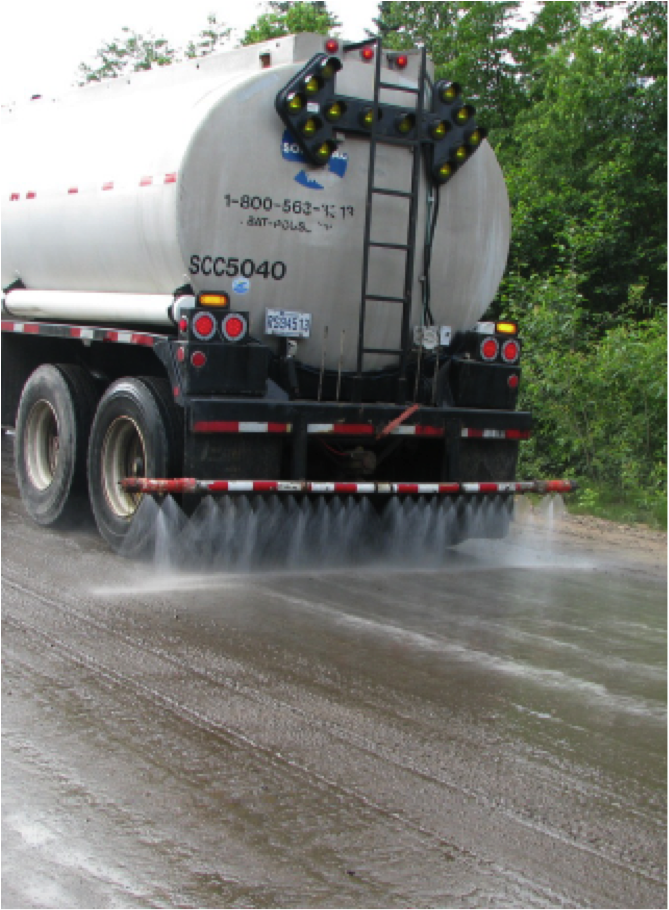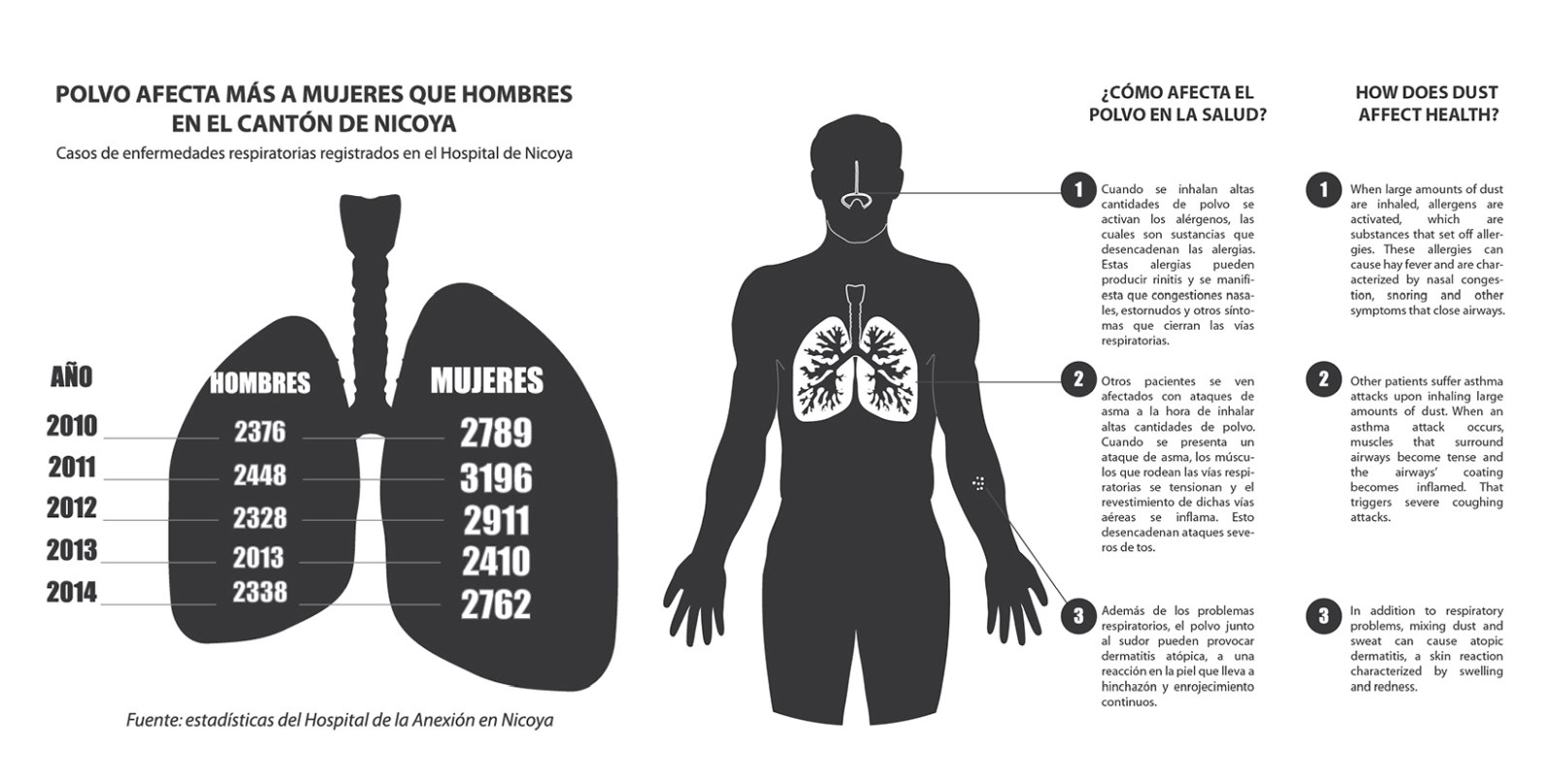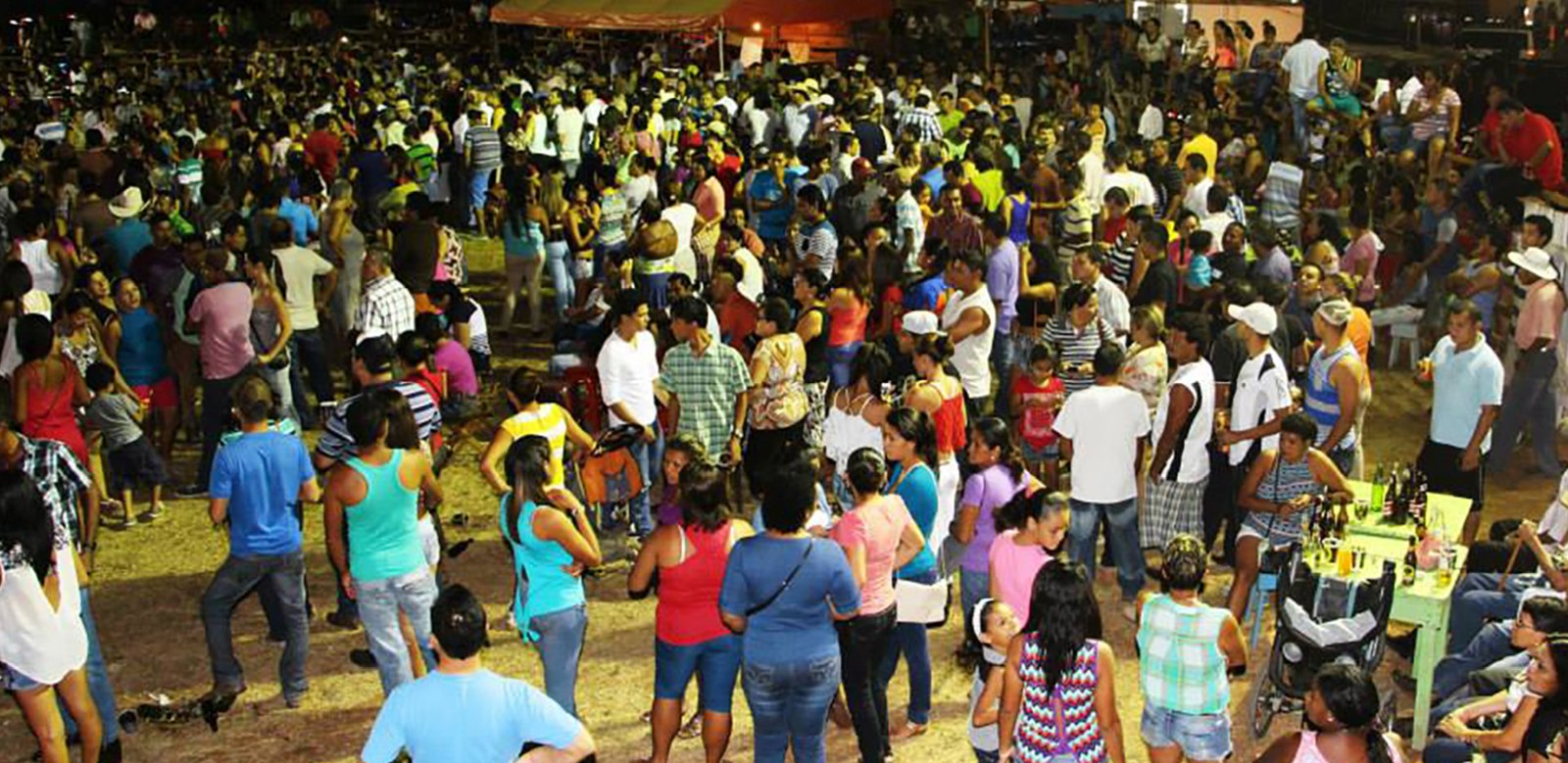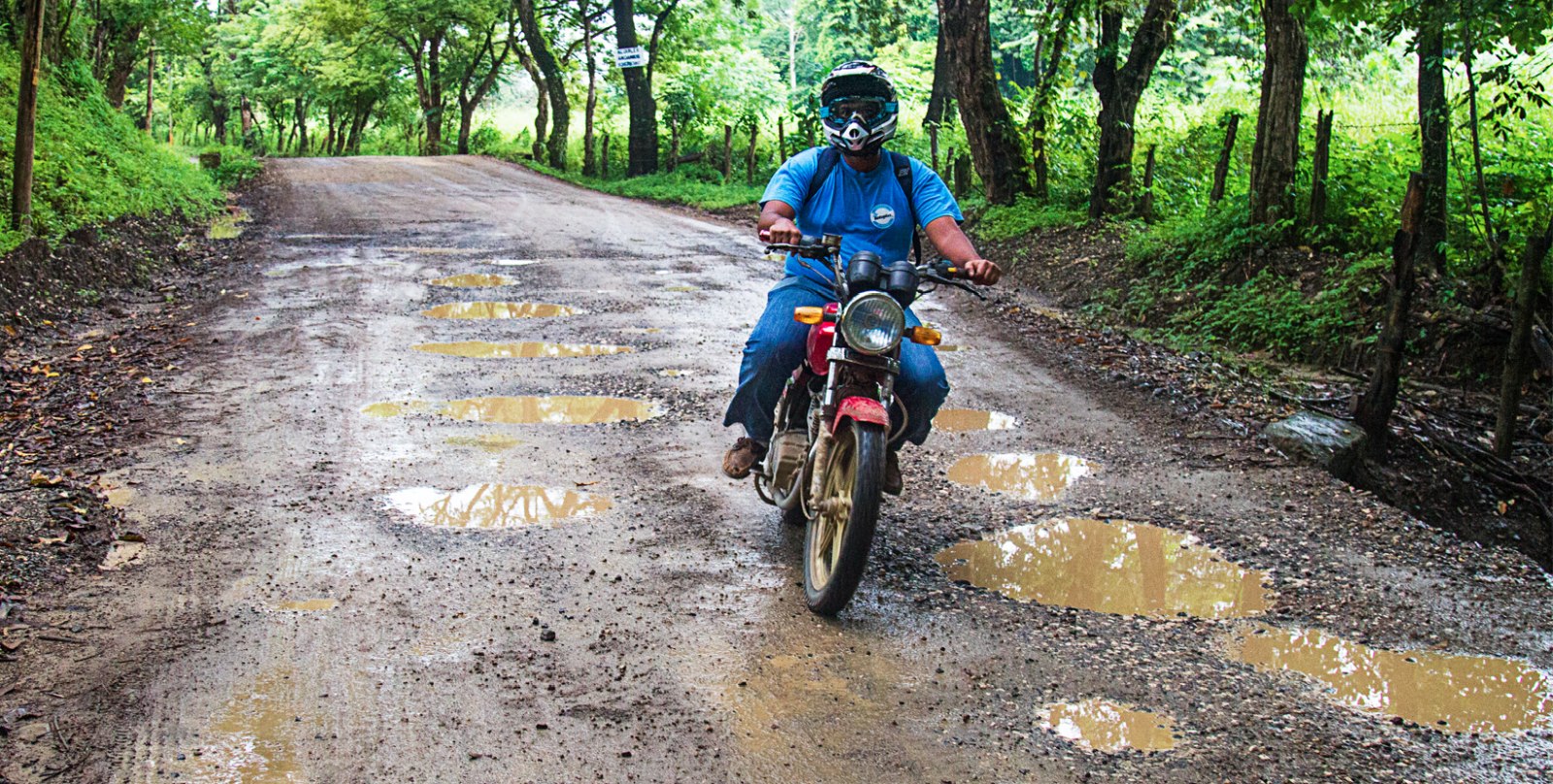
“Eat my dust” is no joke hereabouts. The solution, we are told, is asphalt or concrete paving. For what it is worth, paving is my least favorite solution to finding health and happiness on our roadways. So, let’s look at the problems with paving and examine alternatives.
The problems with paving are legion. Paving increases both traffic and traffic speed considerably. Without signals and posted speed limits and with virtually no traffic safety enforcement, we could be creating another problem by paving our roads. Better roads will also bring big tour buses with scores of day-visitors to our beaches – a form of tourism that generates little community income for the amount of resources it consumes. Paving is quite complicated. The engineering, land acquisition and (at least this year) paving before the dry season make the whole enterprise complex if not improbable.
However, our current dust-abatement approaches are not serving us well. Melaza or molasses is the dust suppressant of choice in Guanacaste. It has a not entirely unpleasant odor when applied and can last through the dry season on roads less traveled that also see little or no heavy truck traffic. The problem with melaza is that it is very expensive and so is used only as a spot treatment in front of businesses and the few houses that can afford it. Among the solutions, melaza is the least cost-efficient solution.
Spraying water from a hose/sprinklers on the road is another approach. It is unbearably wasteful of water and ineffective, and so, arguably, creates more problems than it solves.
A good dust control approach for our roads should reduce respiratory ailments, improve road safety, reduce vehicle repairs, reduce road maintenance cost and frequency, reduce surface distress and improve drainage with fewer potholes and the very good news is we do have other options. There are a number of different dust-abatement materials recommended for roads, but an assessment must be made to get it right with a material available in Costa Rica. In a query to Glen Légère, a Canadian expert on dust abatement techniques, the following data should be gathered:
- What length of road section would you like to treat?
- Road width?
- Average daily traffic and type of vehicles?
- Climate (dry/humid, relative humidity)?
- Current maintenance frequency (with grader)?
- Surface materials (crushed aggregate?)
- Any surface distress problems (ruts, potholes, washboard, erosion, etc.)
- Availability of dust suppressant material
Professionally applied materials will cost anywhere from $1000–S2000 a year per kilometer. If we have 20 kilometers of public road in Nosara (and I have no idea how many kilometers of public road we have in Nosara) the cost to treat all major roads Nosara would run about $20,000 a year, depending on how much road we would treat. The issues for us are permits; availability of materials, business and residential assessments, and a trained contractor with a grader and water truck. We have a good community for this sort of project – our excellent rate of payment of the voluntary water assessment reflects our willingness to engage in this sort of community action.
Dust control will improve the quality of our life. Can we do it? Waiting for pavement has gone on long enough. Let’s find a way to get this done for the next dry season. We need a few volunteers to move this in the right direction. Find a friend to work with and give me a call at 2682-5476.







Comments